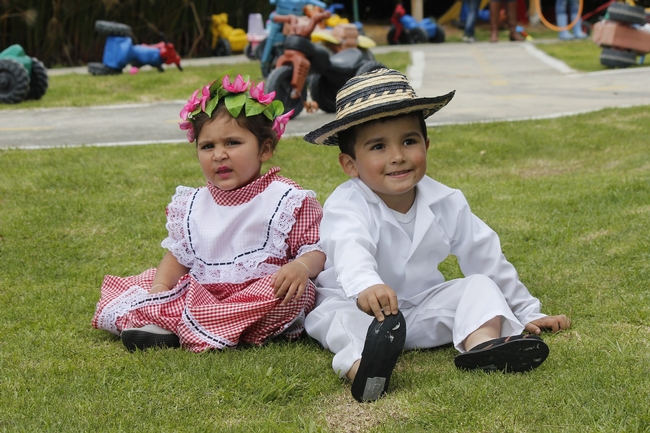Hispanic Heritage Month begins on September 15 and continues until October 15. The purpose of the celebration is to recognize the contributions and vital presence of Hispanics and Latin Americans in the United States.
President Lyndon Johnson first approved Hispanic Heritage Week in 1968 and expanded to a full month by President Ronald Reagan in 1988. Finally, Hispanic Heritage Month was officially enacted as a law on August 17, 1988.
Why is Hispanic Heritage Month held from mid-September to mid-October? It was chosen in this way to reserve two significant dates for Spanish-speaking countries. On the one hand, Independence Day is celebrated in countries such as Mexico, Chile, and five Central American nations (Guatemala, Honduras, Nicaragua, El Salvador, and Costa Rica).
Also, Columbus Day or Día de la Raza was commemorated, a date celebrated more by Italian-Americans than Spanish-speaking immigrants.
Hispanics and Latinos in the United States are getting stronger every day; it is undeniable. But they are more recognized for their culinary richness and the attractiveness of their rhythms, such as Mariachi, salsa, cumbia, mambo, and merengue, than for their essential contributions the professional level. Although, at the national level, there are all kinds of professionals who, with their work, have contributed to the cultural, social, and economic wealth of this country.
Hispanics who have helped improve our lives range from an astronaut to a winner of the Nobel Prize in Physics.
Luis Walter Alvarez, born in Mexico and naturalized American, was an experimental physicist, inventor, and professor who was awarded the Nobel Prize in Physics in 1968.
Franklin Ramón Chang Díaz is a Costa Rican mechanical engineer, naturalized American, physicist, and former NASA astronaut.
Ellen O. Ochoa is an engineer born in Los Angeles, CA, to Mexican parents, who became the first Hispanic woman to travel to space and was a former director of the Johnson Space Center.
Did you know that, according to the Census Bureau, there are 60 million Hispanics in the country? And that more than half live in three states: California, Texas and Florida? Two-thirds of Hispanics in the United States have their origins in Mexico, followed by Puerto Rico (9.5%) San Salvador (3.8%), and Cuba (3.6%). The rest come from the twelve countries where Spanish is the official language.
According to the Census Bureau, college enrollment has increased over the past decade, and 49% of Hispanic high school graduates enrolled in a university. The U.S. Department of Education recognizes six University of California campuses as institutions serving Hispanic students, including UC Irvine, while UC Merced is one of the universities in the country with the highest percentage of Hispanic students.
UC Agriculture and Natural Resources joins the celebration
This year UC ANR the celebration by recognizing three Latino professionals who serve their communities while always upholding UC ANR's public values of academic excellence, honesty, integrity, and community service.
Claudia Diaz - 4-H youth development advisor for Riverside and San Bernardino counties. Claudia has received numerous awards and recognitions for her work with underprivileged youths in urban areas. She has been with UC ANR for five years.
Sonia Ríos - Subtropical horticulture advisor for Riverside and San Diego counties. Since an early age, Sonia knew her future was in agriculture, her grandfather and her father worked in agriculture and taught her the love for nature and the fields. She has been with UC ANR for almost nine years.
Javier Miramontes - Nutrition program supervisor for Fresno County. Javier enjoys the opportunity his work gives him to serve the community where he grew up. He finds it very rewarding to teach parents, senior citizens, and Highschool students about the importance of a healthy diet and how to create a sustainable environment. He has been with UCANR for over five years.
